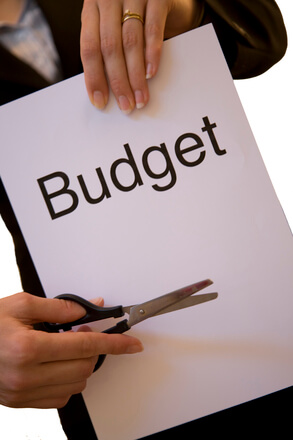I write this preparing to fly to Singapore to attend the country’s biennial conference for physical education teachers. Smaller than most US states, Singapore’s education system is government coordinated and dedicated to sustaining the future needs of one of today’s most successful Asian nations. Supporting this mission, the country’s physical education leaders are focusing on creating effective school PE programs that will reverse the sedentary living trends threatening the nation’s health. It’s no easy task. Similar to the US, obesity is trending upwards in Singapore. And Singaporeans, like most nations worldwide, are seeking solutions.

For two reasons, as a physical educator I’m not inclined to take much responsibility for worsening obesity. Obesity’s tripling over the past 30 years has paralleled most of my professional career – a spectacularly unimpressive record that I’d prefer to ignore. But more importantly, physical educators simply don’t have much control over most of obesity’s causes. Reports of worsening obesity do however alarm me, because it is symptomatic of declining physical activity and physical activity is something that I do believe physical educators should be trying to promote.


